
With today marking the anniversary of the opening of Fiddler on the Roof on Broadway, fifty-seven years ago, I thought I would share this excerpt from Up in the Cheap Seats: A Historical Memoir of Broadway, which explains only a portion of why this musical will always hold a special place in my heart:
My Great-Aunt Helen introduced me to the lights of Broadway when, in 1967, she took me to see my first Broadway musical, I Do! I Do!, which starred Mary Martin and Robert Preston. I was only ten-and-a-half, and after that evening, in poker terms I was “all in.” I couldn’t wait for the chance to see another show. I would have happily depended on the kindness of strangers.
I didn’t have to … thanks to Mrs. Leboff.
The Leboffs lived up the street from me in Great Neck. Their sons, David and Kenny, were friends, and Mrs. Leboff had invited me along to see Fiddler on the Roof for David’s birthday, already in its fifth year on Broadway. We attended a pre-Christmas matinee, climbing what felt like hundreds of stairs to the fourth to last row in the rear mezzanine of the Majestic Theatre, then foreign territory to me. When I reached the top, I was concerned about how far away things looked. I was seemingly a mile from the stage. Once the show began and the actor playing Tevye (Harry Goz) made his entrance, I was delighted how easy it was to see and hear him (and this in the days before a tiny microphone was attached to the skull of each and every performer).
Due to the cast recording, I knew all the songs by heart. But this was my first exposure to the world of Sholem Aleichem who, writing in Yiddish from his native Russia, had first introduced the character of Tevye in the late 1800s. I was thoroughly taken with the deft combination of humor and sorrow of the play’s storylines, as well as the vibrant physical production, directed and choreographed by Jerome Robbins.

I loved what I was seeing and at intermission blurted out to Mrs. Leboff, “These are great seats! How much did they cost?” Smiling, she handed over the ticket stub. $3.60 didn’t seem at all unreasonable, though for a little perspective, in 1968 it cost only seventy-five cents for a child like me (under twelve, that is) to see a first-run film at a movie house. This ticket, at roughly five times the cost, was still an extravagance.
Then Mrs. Leboff informed me that the seats behind us — the last two rows in the theatre — were a significant eighty cents less, costing just $2.80.
Now I knew I could make the numbers work for me!
So, this marked the day I hatched my plan. I calculated quickly that it was possible to see as many Broadway shows as I liked, giving that at the time, I was earning around $12 a week on my paper route. As a respectable wage-earner, I convinced myself on the spot that I was plenty mature to handle coming into Manhattan without adult supervision.
Besides the cost of the ticket, I could afford the train fare, subway tokens (yes, tokens), and lunch. And if David and Kenny came along there would be safety in numbers. As each second ticked by, my scheme became more of a reality.
“Do you want to see some more shows?” I asked them. They answered with a non-committal shrug (which I took for an enthusiastic yes) and I swept into action. I wrote down the titles of what was playing: Cabaret, Hello, Dolly!, Mame, Hair and Promises, Promises — all up and running in their original productions. And even if most of the first set of actors were out of these casts, this guy Harry Goz playing Tevye was pretty good, right?
When Fiddler was over (and to this day I don’t know why), I announced to David and Kenny we were going backstage. I guess it seemed a logical extension of our good time that afternoon and so, within minutes, the three of us were standing in the Majestic Theatre’s star dressing room, where Harry Goz looked up at us quizzically from his perch on a sofa. And by the way, many years later when I returned to the same theatre to visit a friend in The Phantom of the Opera (the Majestic’s sole resident since 1989), I was surprised to see that the large dressing room now houses costumes (“the Phantom,” resides one flight up).
Harry Goz couldn’t have been more welcoming. He dutifully signed my program — the first actor who ever did that for me — and so I remember his kindness.
A dozen years later, near the start of my acting career, leave it to the theatre gods to put me in a commercial audition waiting room seated next to — who else? Harry Goz.
There we were. Two actors killing time, waiting to be called in. I introduced myself and told him he had provided a memorable experience with his portrayal of Tevye and was nice to a little boy who knocked on his dressing room door. I could tell he was touched by this. So was I.
Neither of us got the job.
Harry Goz did get a commercial that I’m sure helped pay for his children’s college tuitions: he was the Apple in the Fruit of the Loom underwear commercials for many years, alongside future Academy Award-winner F. Murray Abraham.
And what if on this same trip backstage, I had decided to visit some of the other actors’ dressing rooms?
It would have been fun to report I had met Bette Midler long before she was famous, as it was she who played Tevye’s eldest daughter, Tzeitel, at this Saturday matinee.
Midler joined the Broadway company as Rivka, one of Anatevka’s townspeople, in 1966. It was her first professional job in New York after arriving from her native Hawaiia at age twenty-one.
When she got the chance to audition as a replacement for Tzeitel, she told me what happened when we spoke in 2015: “Someone in the company suggested it wasn’t such a good idea for me to try out for it. That Jerome Robbins didn’t like Jewish women and would never cast me in a supporting role like Tzeitel. And worse, he might not like finding out that I was in the ensemble. I could risk losing the job I had.”
“Did that make you rethink the audition?” I asked.
With a characteristic wave of her hand, she said, “Naahh, I sang ‘Matchmaker’ and he gave me the part.”

Set in a Jewish community the likes of which no one had ever seen on Broadway before — and certainly not in a musical — Fiddler was a risky show. “People told us we were brave to be doing a very specifically Jewish show,” said Sheldon Harnick, the show’s lyricist. “I used to tell them I spent three years in World War II in the army fighting Hitler. Maybe that was brave: this was just Broadway.”
But it was brave, as Fiddler got off to a rough start in its first try out city in Detroit. Things improved somewhat at its next stop, Washington, D.C. and word of mouth began to spread, though this didn’t stop nerves from fraying, as Harnick describes: “Out of town during the intermission, I went to the men’s room, and there were two very well-dressed men standing peeing. I heard one say, ‘If I’d known this was about Jews, I wouldn’t have come.’”
Eventually, audiences of all kinds came to embrace Fiddler. Still, it dispirited the show’s creators when its initial reviews didn’t jibe with what its sold-out crowds were so clearly enjoying. Adjectives such as “magnificent” were reserved for Mostel’s performance, less so for the show that surrounded him. Of the major newspaper critics, two were outright raves, with the others finding flaws of one kind or another to nitpick.
It didn’t matter. Nothing would stand in the way of Fiddler’s success and its multiple awards or take away from the singular triumph of Zero Mostel. This multi-faceted actor received the reviews of his career when the show opened in September of 1964. Richard Watts in the New York Post perhaps best expressed the critical consensus: “Mr. Mostel’s Tevye is one of the most glowing creations in the history of the musical theatre.”

If all agreed Mostel was brilliant, it was unfortunate that his brilliance could be turned on and off on a whim. The stories of how he broke character are legion: how he bored easily, how the natural clown in him (which the audience ate up with a spoon) came out in moments that sometimes worked and often did not. According to the show’s book writer Joseph Stein, “There were times when we who had created the show felt uncomfortable going to the theatre, because we never knew what the hell we would see.”
Mostel’s antics drove most of the cast up the wall as well. They didn’t know what to expect — which Zero would be Tevye tonight?

Austin Pendleton, who created the part of Motel the tailor, was perhaps the sole actor who didn’t feel the way that many in the company did. When I asked him about Mostel’s outrageous stunts, Pendleton explained his somewhat different take on all of it:
“Zero was capable of just about anything onstage. One night, he fell on me when I told him I wanted to marry his daughter. He took a long pause and collapsed his whole weight into my arms. He was so big and I was so small, and he was lying on top of me, and the audience was beside themselves.
I was yelling, but they were screaming so loud who could hear me? And besides, Zero was so big you couldn’t even see me.”
‘Get up, Zero. I can’t breathe, I can’t breathe.’
He had his face down into the floor and said, ‘Shut up! I’m in my part!’
He would do literally anything onstage and it drove some of the actors crazy.
But it didn’t drive me crazy.
RF: I read that you said he helped to free you up as an actor.
AP: He was my liberator.
RF: So Zero taught you acting could be fun and not so serious?
AP: Yes, and yet his work was also profoundly serious, though he would follow any impulse. And there were nights he would do absolutely outrageous and, I guess, inappropriate things. But they weirdly had to do with the show. There was a strange kind of poetry to it.
I was totally gone with him. He was irresistible.”

Not all found him so appealing. At the 1965 Tony Awards, after what was a victorious night for all involved (Fiddler won nine of its ten nominations), Mostel took to the stage for his inevitable Leading Actor honor and couldn’t help himself. He brought up the subject on everyone’s minds, by stepping up to the mic and saying, “Since no one else has thanked me, I will thank me.”
With Mostel’s contract set to expire before the end of Fiddler’s first year, and as the sole producer in charge, Prince took a firm and courageous stand that life was too short to continue with him. Box-office draw that Mostel was, Prince gambled that by this point in its run, Fiddler itself was the star of the show. And Prince would be proven correct when it would go on to a record-breaking eight-year-run, most of the time with no star names as Tevye.
There have been many subsequent revivals on Broadway (five so far) and it still regularly plays around the world. Funny, moving, and timeless, Fiddler on the Roof is a classic that represents the best of Broadway. May it reign forever and always.
For more of Up in the Cheap Seats, it is available at Amazon.com in hardcover, softcover and e-book. Also, please follow me here on Scrollstack and feel free to email me with comments or questions at Ron@ronfassler.org.

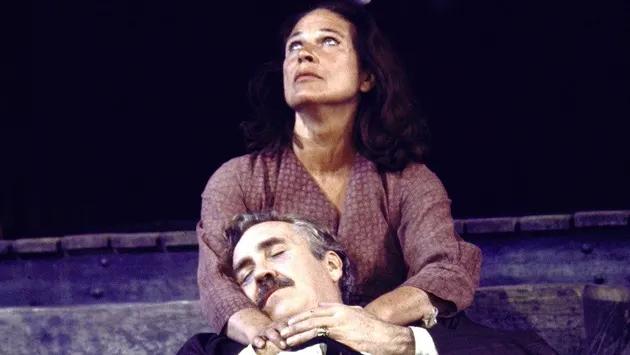
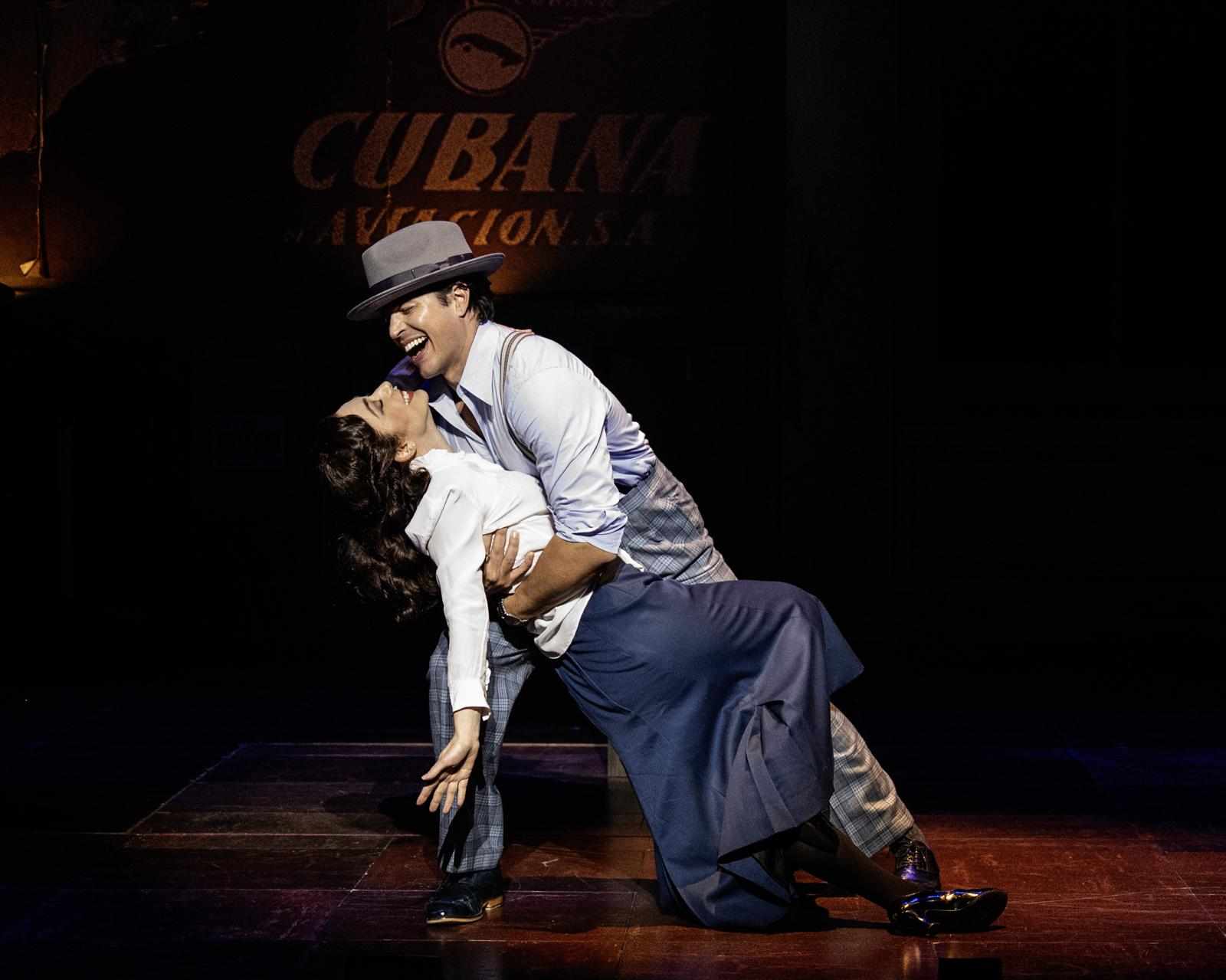
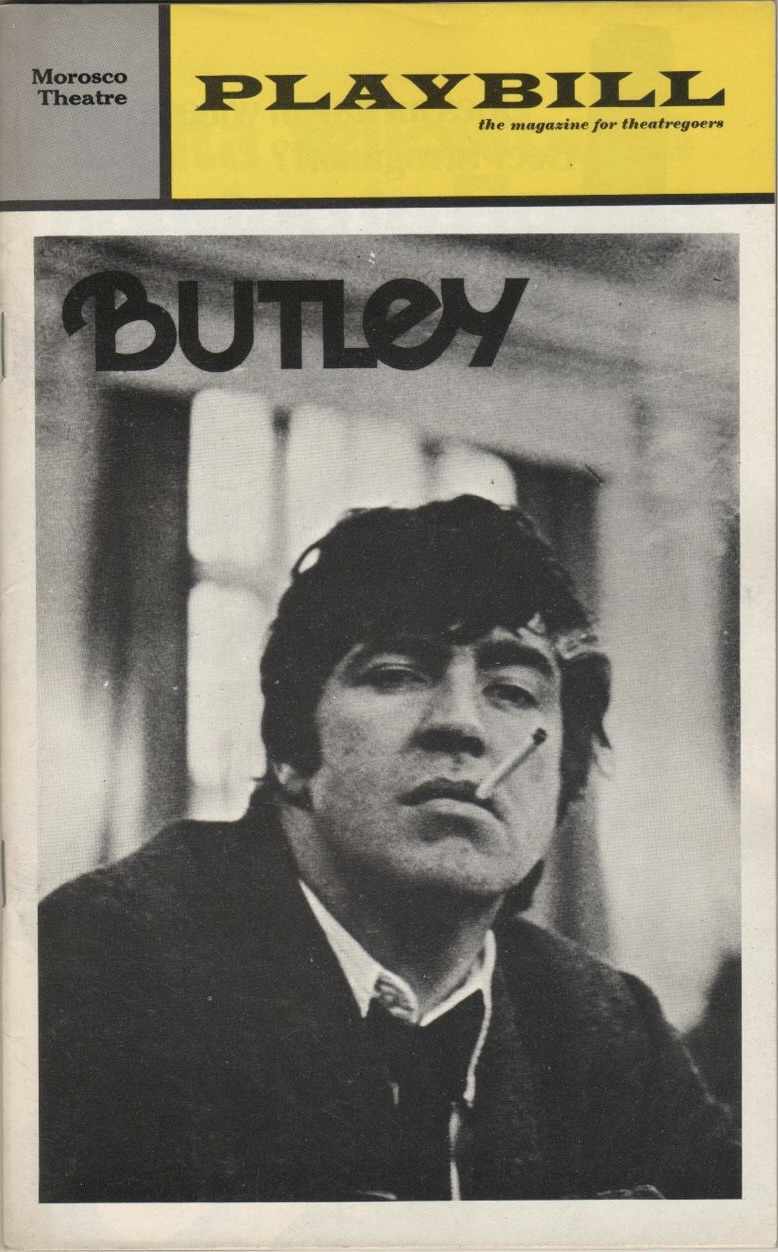
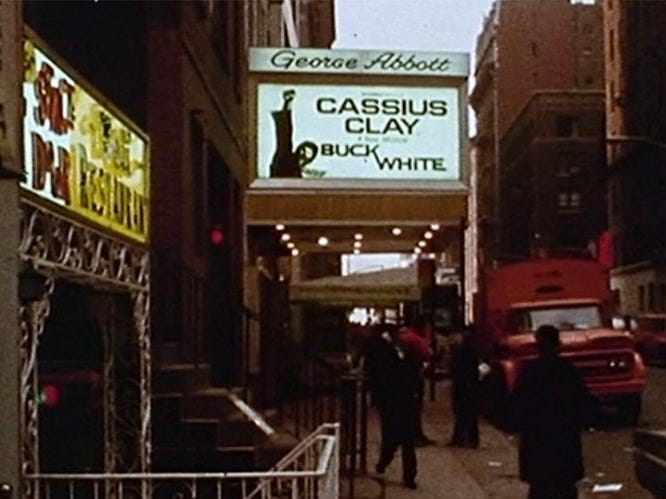

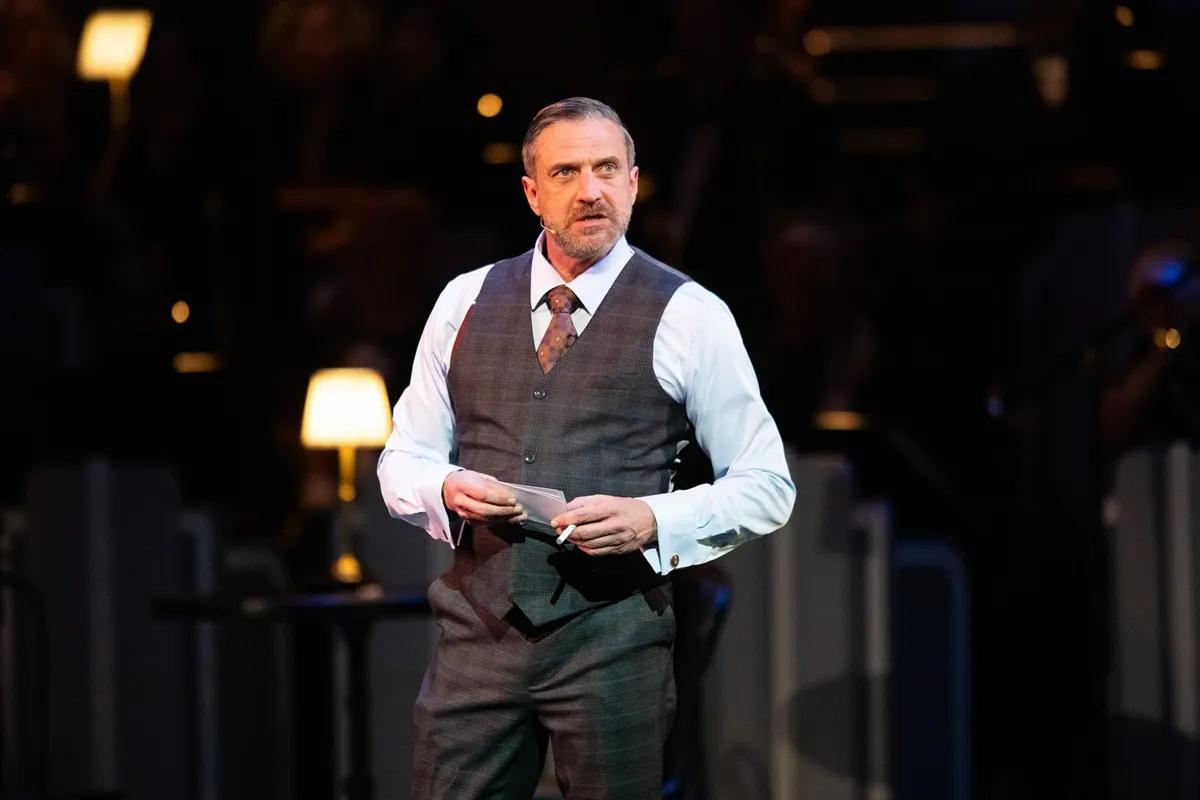
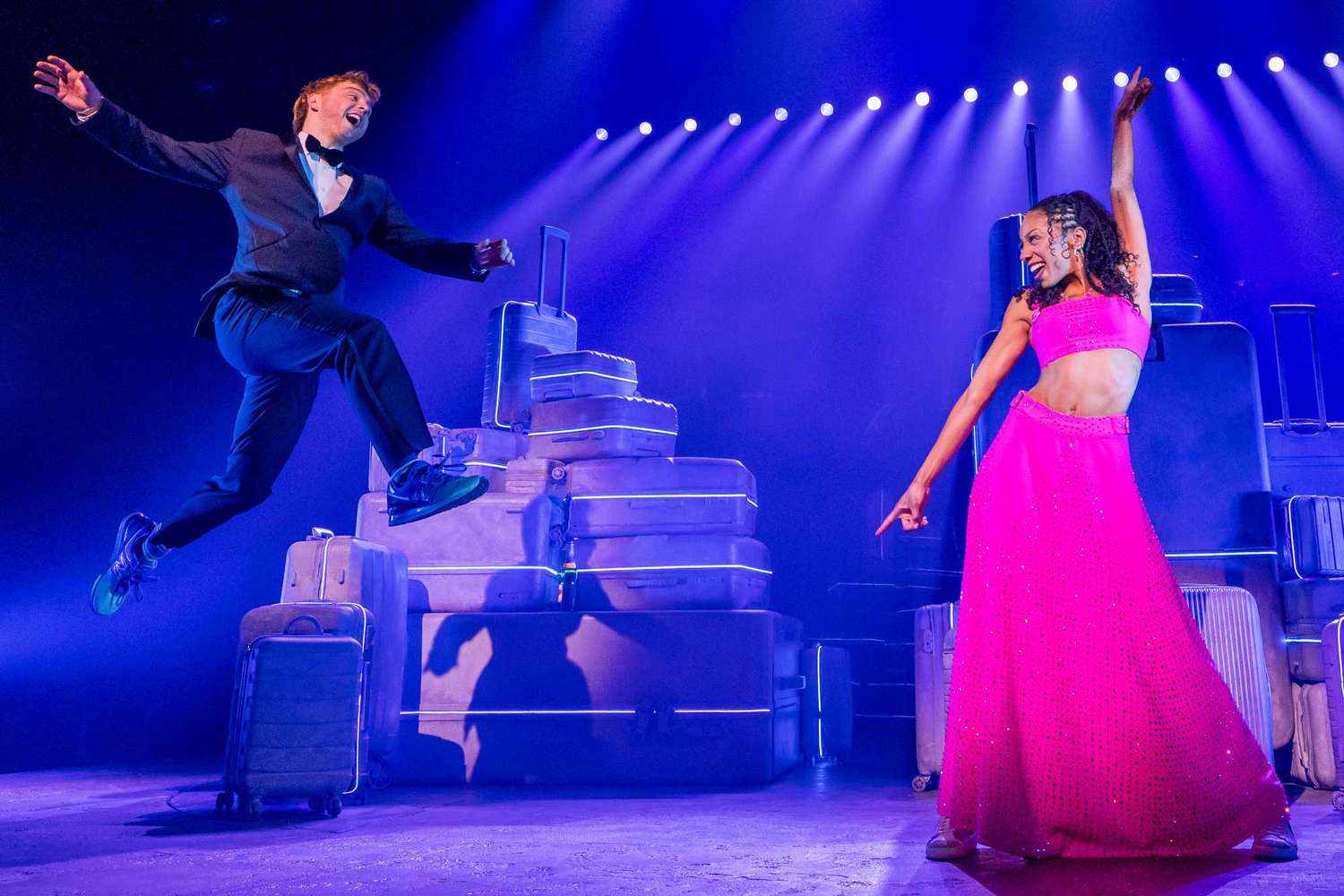
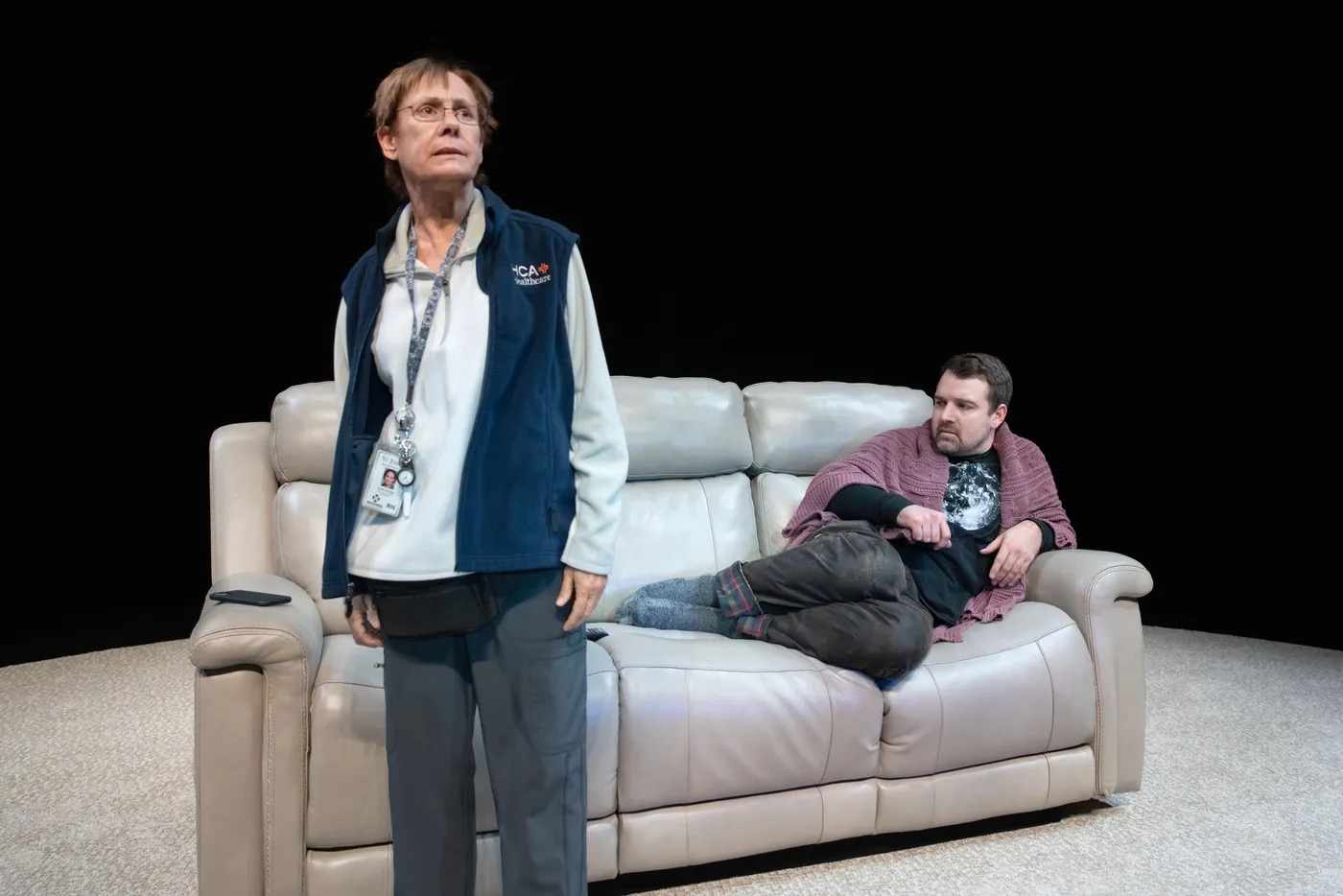


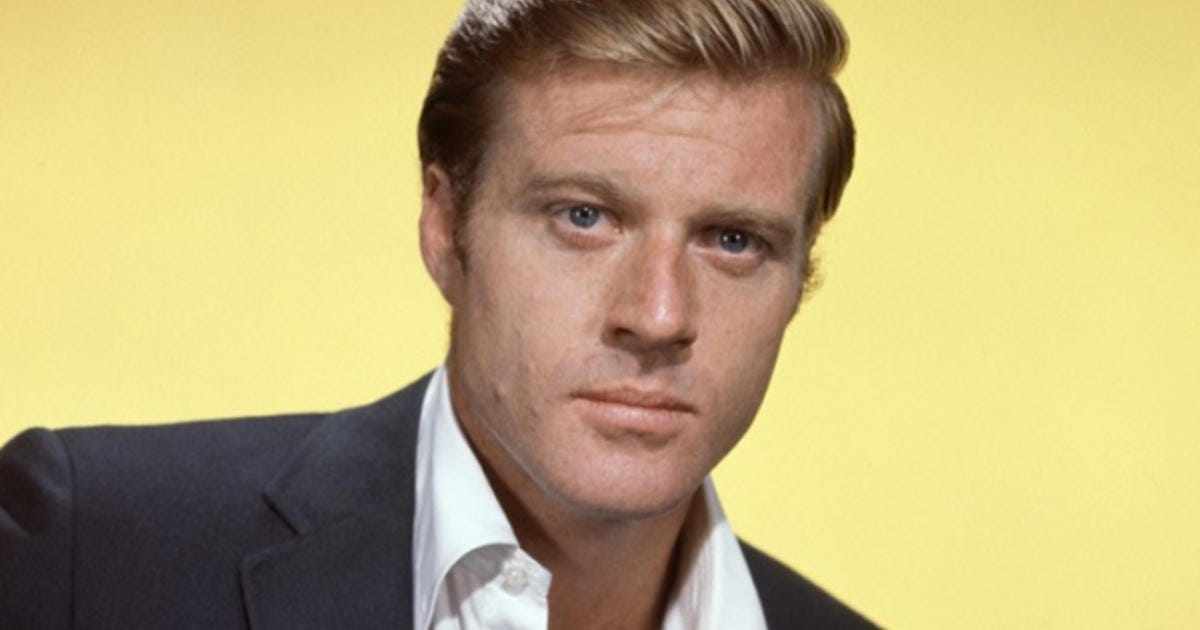
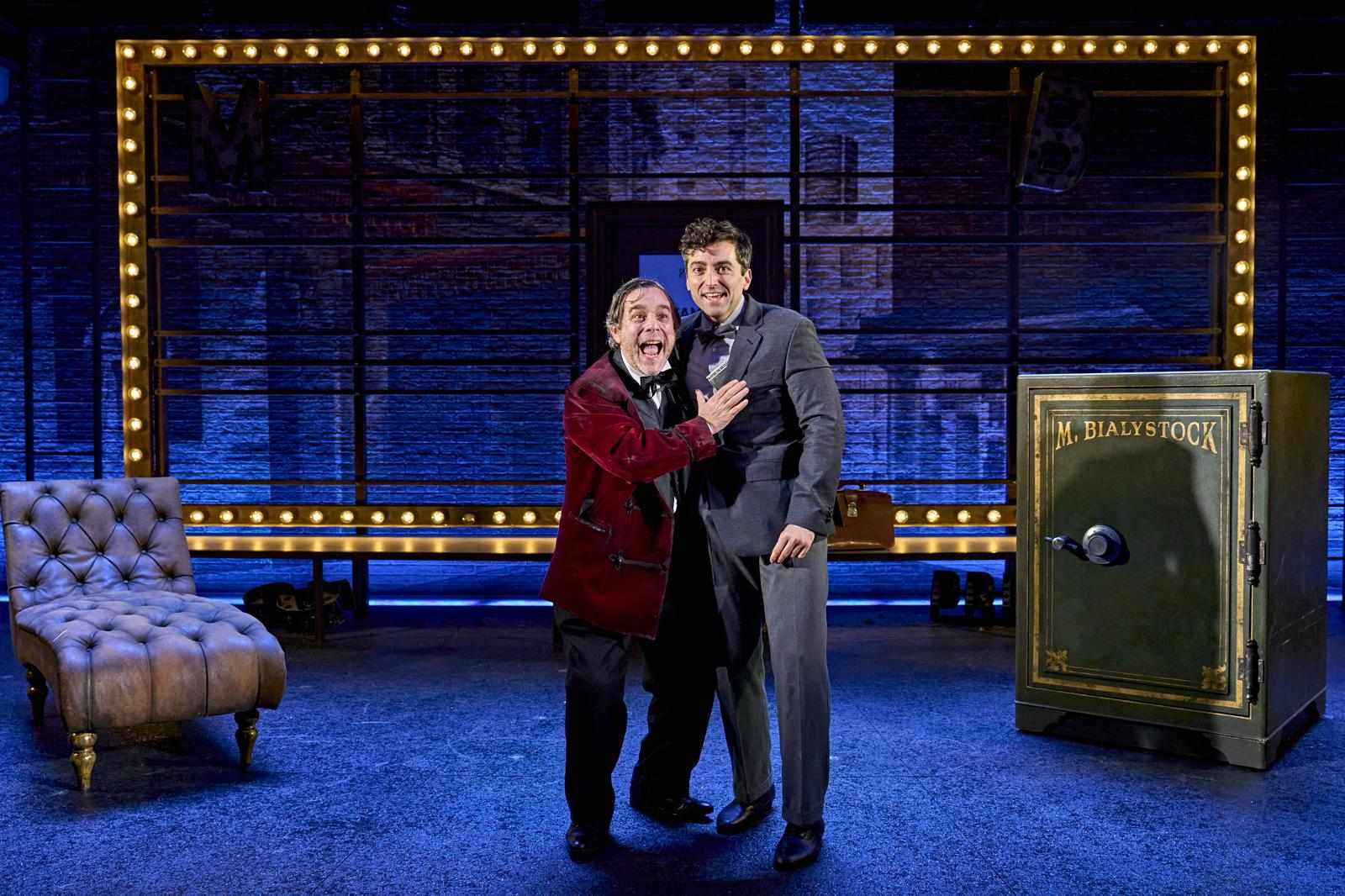
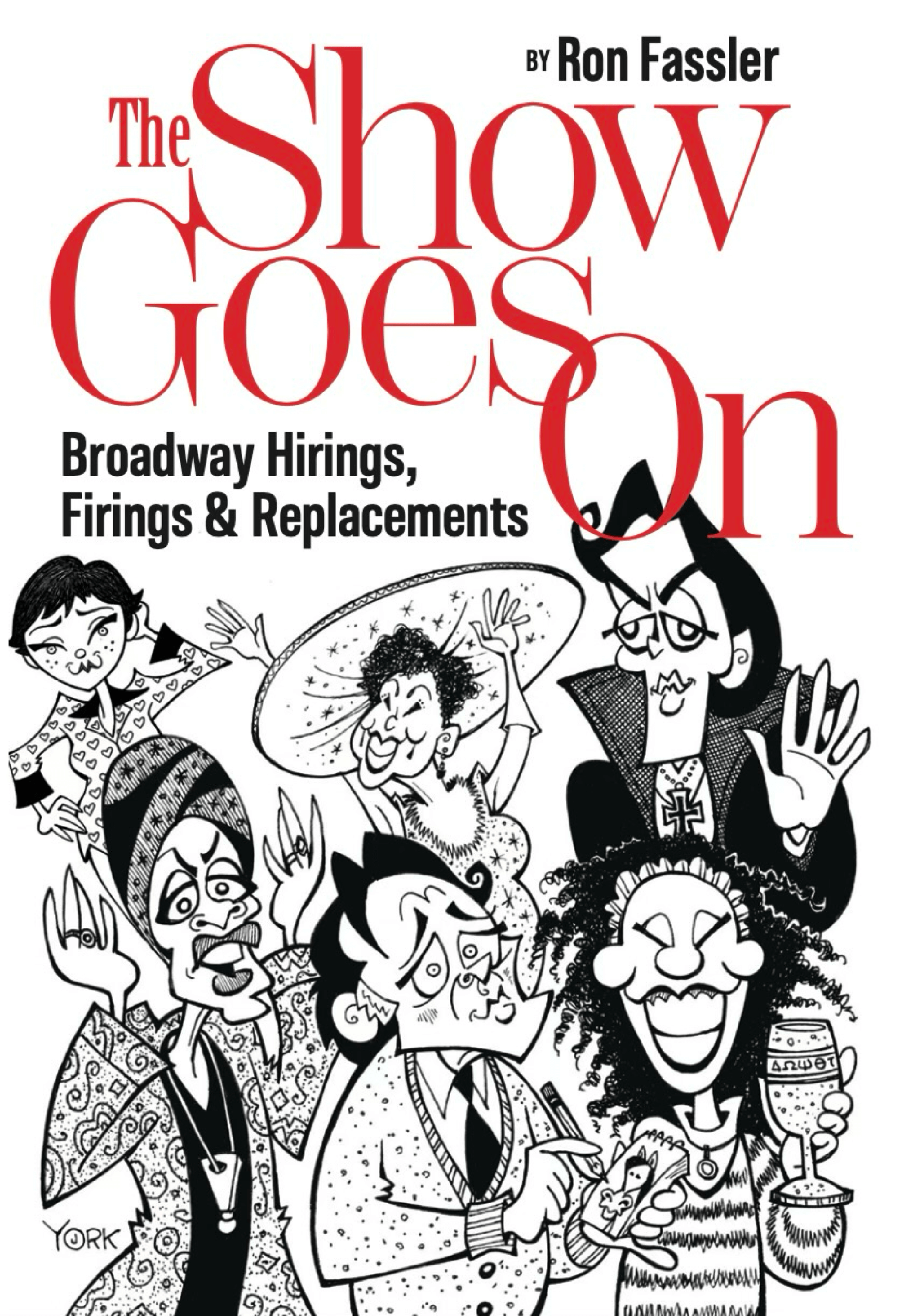

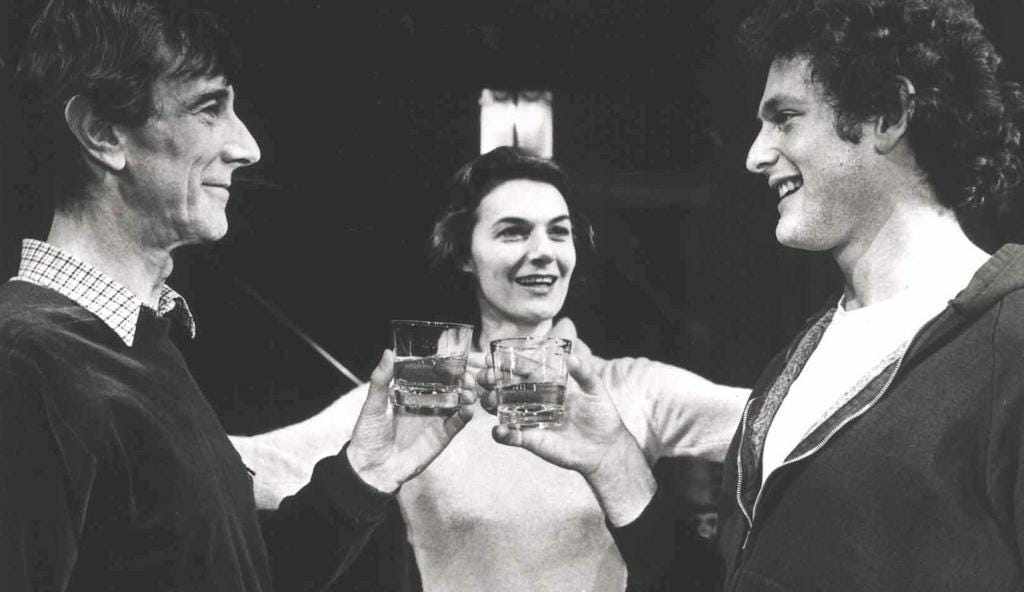





Write a comment ...